Henri Matisse (1869-1954)
Inventor of Fauvism with André Derain during the summer of 1905 in Collioure, Henri Matisse was one of the leaders of avant-garde art until the First World War. A painter of color, arabesque and decoration, he never ceased to renew himself until the brilliant cut-out gouaches of his last period. Matisse then drew directly into the color with scissors, as illustrated in 1943 by the models of the famous book Jazz.

Works of art by the artist Henri Matisse
-

La Noire
Henri Matisse
SOLD
-
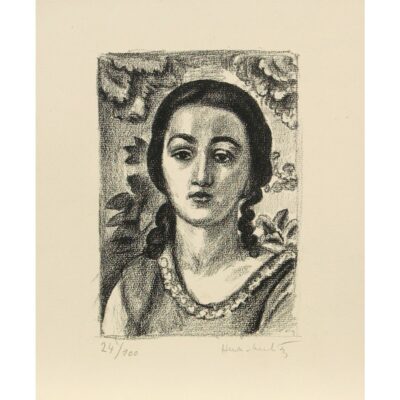
Jeune fille aux boucles brunes
Henri Matisse
-

Danseuse 2
Henri Matisse
-
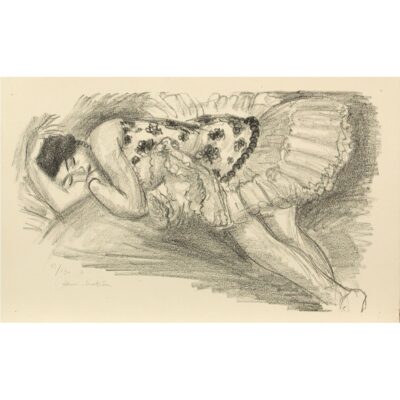
Danseuse 6
Henri Matisse
-
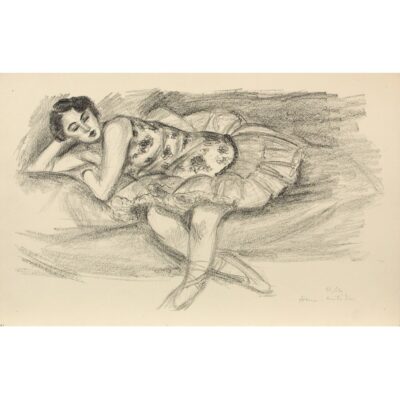
Danseuse 10
Henri Matisse
-
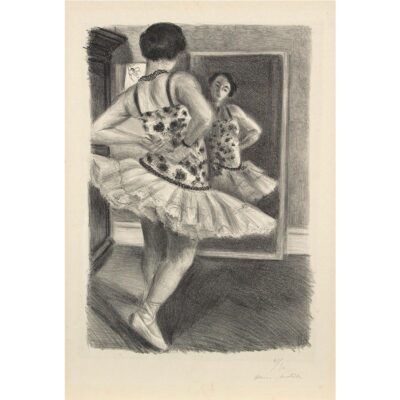
Danseuse reflétée dans la glace
Henri Matisse
-

Figure voilée aux quatre bracelets
Henri Matisse
-
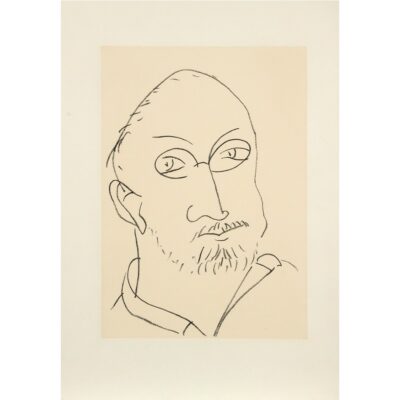
Grand masque
Henri Matisse
-
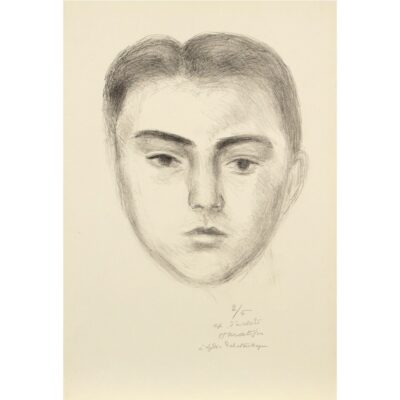
Gérard masque
Henri Matisse
-

Une religieuse à l'expression ironique
Henri Matisse
-

Nadia de profil
Henri Matisse
-
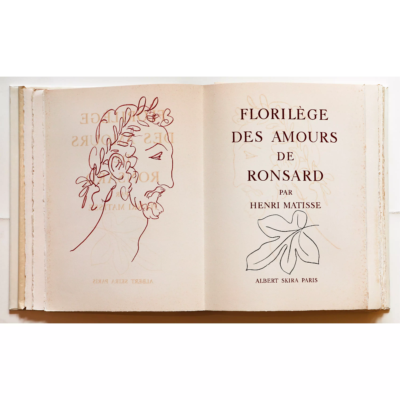
Florilège des Amours
Henri Matisse
-

Album Jazz, Planche XX
Henri Matisse
-
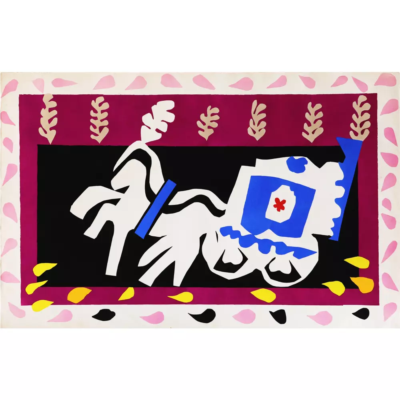
Album Jazz, Planche X
Henri Matisse
-
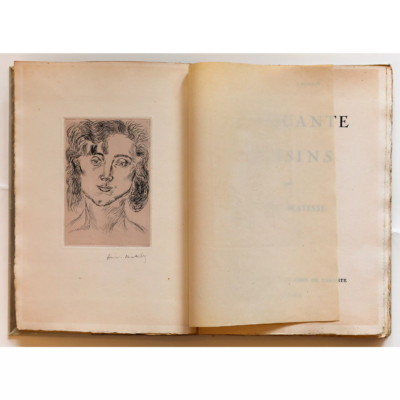
Cinquante Dessins
Henri Matisse
-
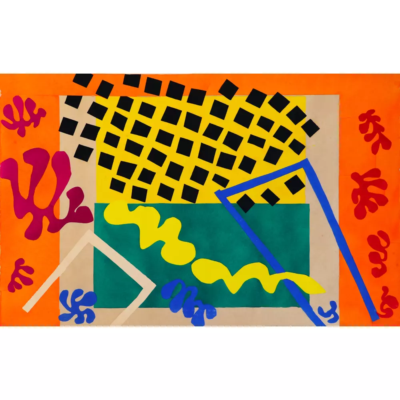
Album Jazz, Planche XI
Henri Matisse
SOLD
-
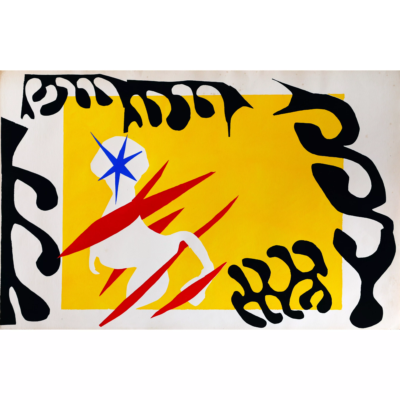
Album Jazz, Planche IV
Henri Matisse
-

Portrait de Claude D. (Mourlot Centenaire)
Henri Matisse

Boris Lipnitzki / Roger-Viollet
Biography of artist Henri Matisse
Matisse was born in northern France, a region with a long textile tradition. He was born in Cateau-Cambrésis on December 31, 1869. After studying law, he worked as a solicitor's clerk. In 1890, convalescing after an appendicitis operation, his mother gave him a box of paints. This episode determined the radical change of direction in his career. The following year, he gave up law to devote himself to painting.
He moves to Paris and enrolls in William Bouguereau's studio at the Académie Julian, which he soon leaves to attend the Ecole des Beaux-Arts. He failed the entrance exam. The painter Gustave Moreau accepted him as a free student in his studio, often referred to as the cradle of Fauve painting. Matisse met Henri Evenepoël, Henri Manguin, Albert Marquet and Georges Rouault. His daughter Marguerite was born in 1894. The following year, Matisse was officially admitted to the Ecole des Beaux-Arts in Gustave Moreau's studio. From 1895 to 1897, he spent every summer in Brittany, on Belle-île. His palette gained in color and light. He married Amélie Parayre in 1898. The newlyweds went to London on their honeymoon, where Matisse discovered Turner's paintings, and the couple spent several months in Corsica and Toulouse. Ajaccio produced in him a "great wonderment for the South": the generous vegetation, the light and the colors. His painting took on warmer tones. Paul Signac's Essay, D'Eugène Delacroix au néo-impressionnisme, published in 1898, undoubtedly encouraged him to practice the division of the brushstroke.
Contact
To find out more about our art gallery in Paris, the works available, our appraisal service or our exhibitions :
